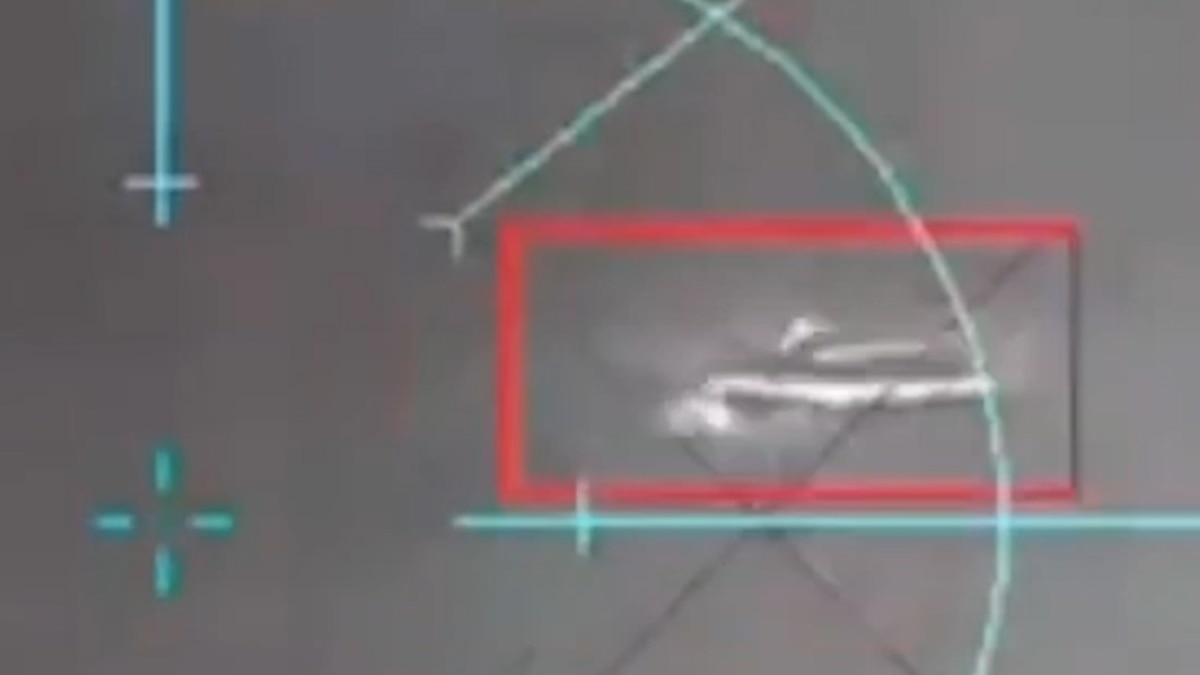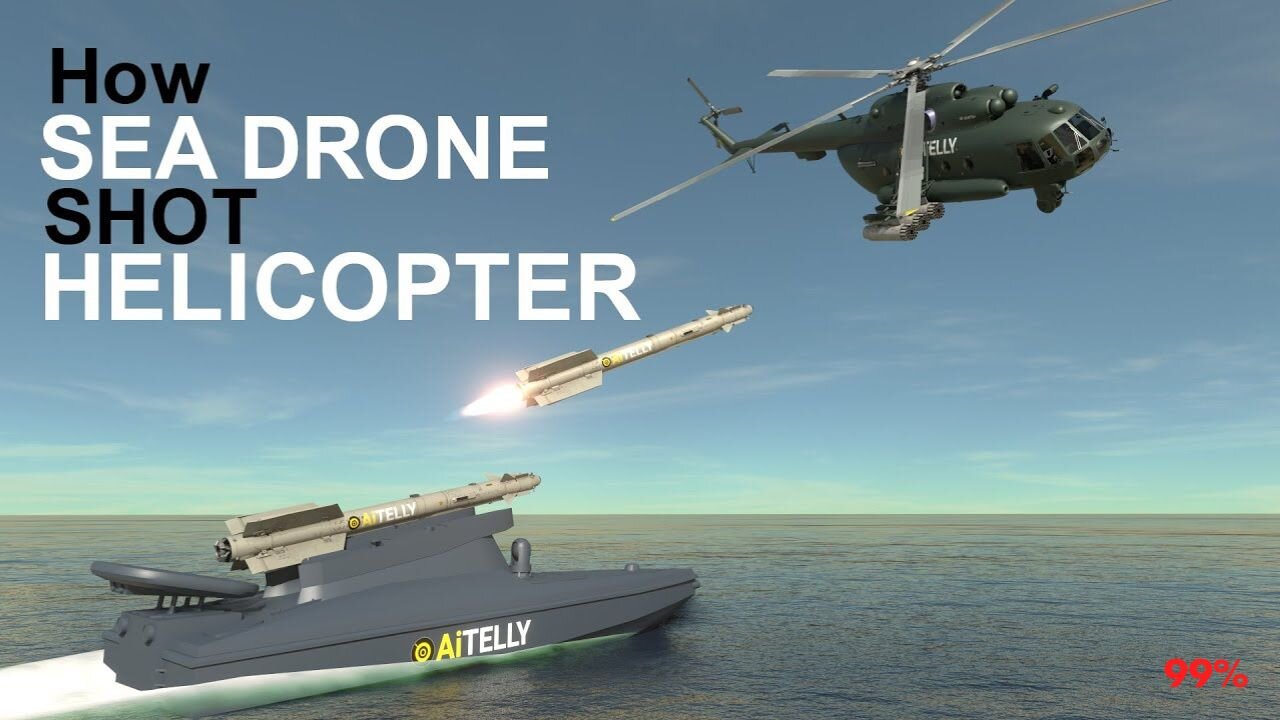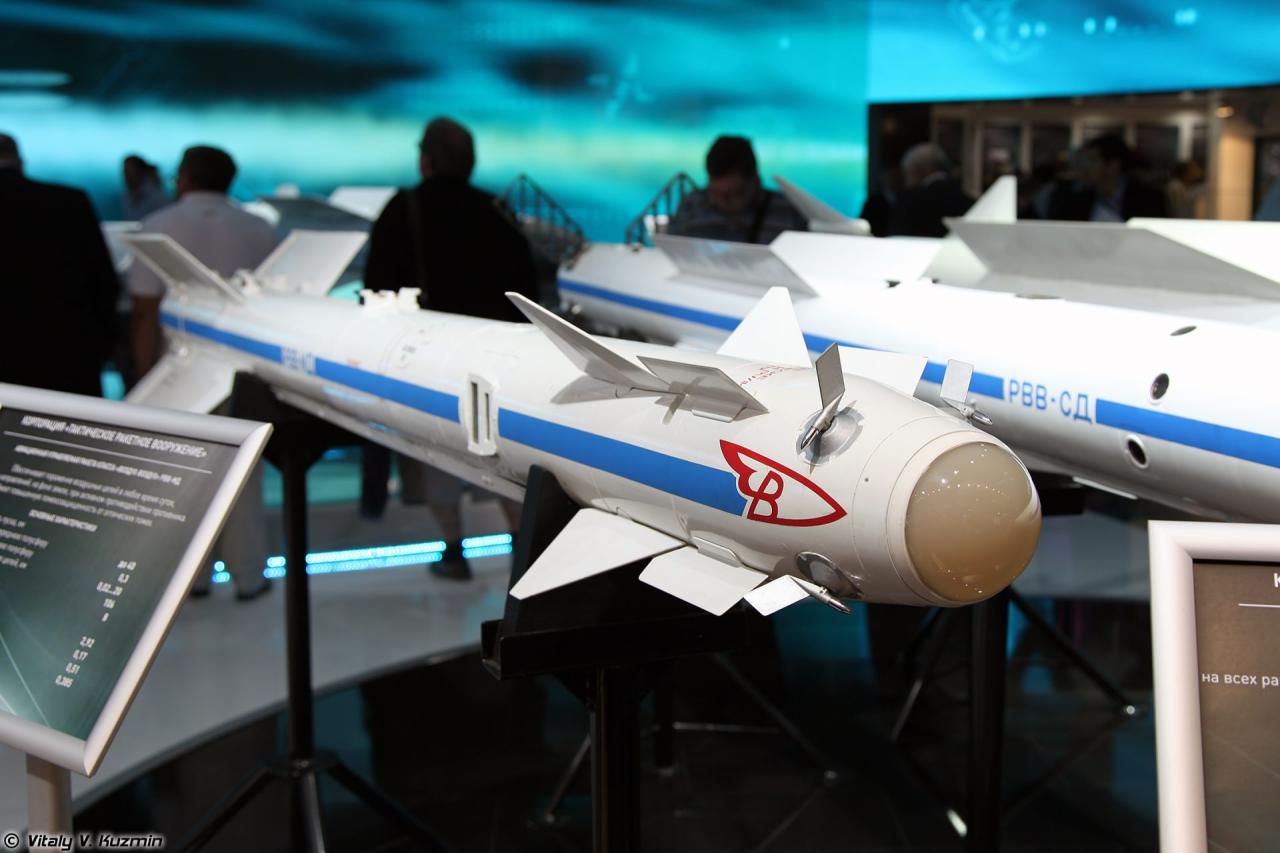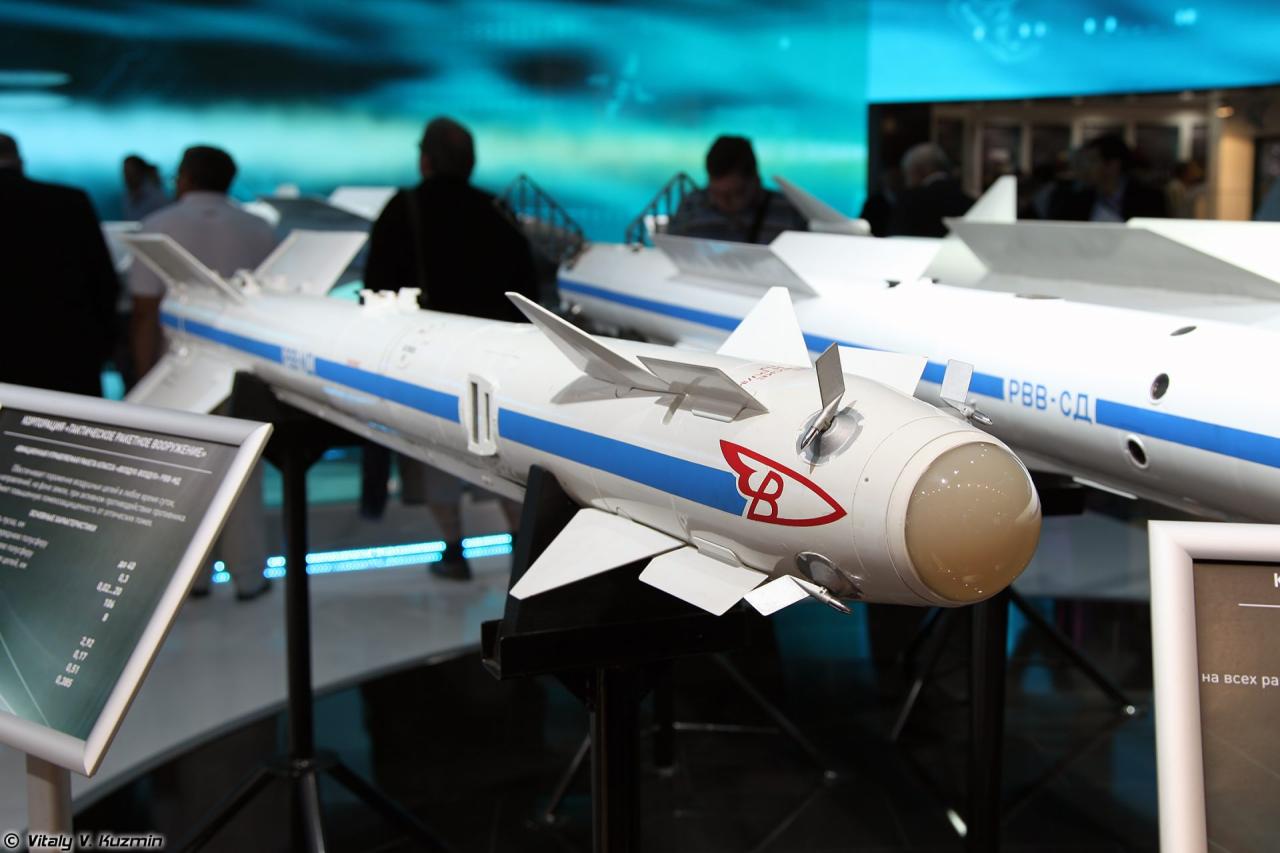Ukrainian sea drones are changing the face of naval warfare. These unmanned vessels, ranging from small, expendable craft to larger, more sophisticated platforms, are proving surprisingly effective against larger, more expensive warships. This exploration delves into their design, capabilities, impact, and future potential, examining their technological components and the strategic implications of their deployment.
We’ll cover the different types of Ukrainian sea drones, their operational tactics, the technology behind them, and the countermeasures being developed to combat them. We’ll also look at their impact on maritime security and the potential for future advancements in autonomy and lethality. Get ready to explore the exciting and evolving world of Ukrainian sea drone technology!
Ukrainian Sea Drones: A Technological Deep Dive

Ukraine’s innovative use of unmanned surface vessels (USVs), commonly referred to as sea drones, has significantly impacted naval warfare. These relatively inexpensive yet effective weapons systems have proven capable of disrupting significantly larger and more expensive naval forces. This article delves into the design, capabilities, impact, and future prospects of these game-changing maritime platforms.
Types of Ukrainian Sea Drones
Ukrainian sea drones exhibit a diversity of designs, reflecting adaptation to specific operational needs and resource availability. They vary considerably in size, payload capacity, and propulsion mechanisms. While precise details are often kept classified, publicly available information and observations suggest a range of platforms.
Ukrainian sea drones are making waves, showcasing the potential of unmanned systems in naval warfare. Thinking about the logistics of widespread drone deployment? Check out this deep dive into Amazon’s drone delivery program: Amazon Drone Delivery Locations A Deep Dive. The challenges faced by Amazon in scaling their delivery network offer valuable insights into the hurdles Ukraine might face in deploying its own drone fleet on a larger scale.
Ultimately, both examples highlight the evolving role of drones in modern operations.
| Type | Size | Payload | Propulsion |
|---|---|---|---|
| Small, Coastal Drone | Several meters in length | Explosives, Reconnaissance Equipment | Electric Motor |
| Medium-Range Attack Drone | 10-15 meters | Larger Explosive Payload, Possibly Anti-Ship Missiles | Diesel or Hybrid Propulsion |
| Larger, Multi-Role Drone | 20+ meters | Varied payloads, including electronic warfare equipment, surveillance sensors | Likely diesel-electric hybrid |
Technological advancements incorporated include advanced navigation systems leveraging GPS and inertial navigation, sophisticated communication systems for reliable control, and diverse sensor packages for surveillance and targeting.
Ukrainian sea drones are proving to be surprisingly effective, showcasing innovative military tech. Their capabilities are enhanced by high-quality imagery, often captured using advanced drone cameras, like those you can explore at drone camera retailers. This imagery is crucial for targeting and assessing the damage inflicted by these unmanned vessels, making them a potent force in the conflict.
Operational Capabilities and Tactics
Ukrainian sea drones have demonstrated effectiveness in several tactical roles. Their operational range and endurance vary significantly depending on the drone type and mission profile. Control mechanisms generally involve satellite or radio communication links, enabling remote operation from safe distances.
- Harassing larger naval vessels, drawing fire and disrupting operations.
- Conducting reconnaissance and surveillance missions near enemy coastlines.
- Deploying as part of a larger swarm attack, overwhelming defensive capabilities.
- Targeting high-value assets, such as landing craft or supply ships.
- Conducting mine-laying operations.
Technological Components and Manufacturing
The construction and technological integration of these drones are crucial aspects. Ukraine has demonstrated impressive adaptability and resourcefulness in developing these systems.
| Component | Technology | Source | Comparison |
|---|---|---|---|
| Navigation | GPS, Inertial Navigation Systems | Domestic and potentially international sources | Comparable to similar systems used by other nations, though possibly less sophisticated |
| Propulsion | Electric, Diesel, or Hybrid | Combination of domestic and potentially imported components | Similar to propulsion systems found in other nations’ USVs |
| Communication | Satellite and radio links | Likely a mix of domestic and imported technologies | Comparable to other nations, though security considerations may limit exact details |
Impact and Implications

The successful employment of Ukrainian sea drones has forced a reassessment of naval strategies and doctrines. The relatively low cost and high effectiveness of these systems pose a significant challenge to larger navies.
A hypothetical scenario: A large-scale coordinated swarm attack using hundreds of these drones could overwhelm the defenses of a major naval base, inflicting significant damage and disrupting operations. This scenario, while hypothetical, highlights the potential disruptive power of these technologies.
Countermeasures and Defense Strategies

Various countermeasures exist, each with advantages and disadvantages. The effectiveness of any countermeasure depends on factors such as the type of drone, the environment, and the resources available.
- Electronic Warfare: Jamming communication signals, disrupting navigation systems. Advantages: Can neutralize multiple drones simultaneously. Disadvantages: Susceptible to sophisticated jamming techniques; effectiveness depends on range and power.
- Physical Barriers: Nets, booms, and other physical obstacles. Advantages: Relatively simple and effective against slower drones. Disadvantages: Can be easily bypassed by more sophisticated drones; requires significant deployment.
- Anti-Drone Weapons: Directed energy weapons, small arms fire. Advantages: Can effectively destroy drones. Disadvantages: Requires precise targeting; potential for collateral damage.
Future Developments and Projections
Future development will likely focus on increasing autonomy, intelligence, and lethality. These improvements will further enhance the effectiveness of these systems in various scenarios.
- Increased autonomy, allowing for more complex missions with minimal human intervention.
- Enhanced artificial intelligence for improved target recognition and decision-making.
- Integration of more advanced weaponry, potentially including precision-guided munitions.
- Improved survivability through enhanced defenses against countermeasures.
Illustrative Example: A Specific Drone Model
While specific details about individual models are often classified, let’s consider a hypothetical example: a medium-sized attack drone, approximately 12 meters in length, equipped with a high-explosive payload and a hybrid propulsion system. This drone might incorporate a combination of GPS and inertial navigation, along with advanced communication systems. Its design features a low profile hull for stealth, along with integrated sensors for target acquisition and tracking.
Ukrainian sea drones are proving surprisingly effective in the current conflict. Their design and deployment strategies are fascinating, and understanding the complexities of autonomous systems like these can be improved by studying game theory principles. For example, check out this deep dive into the “Jack and Jill Game,” Jack and Jill Game A Deep Dive , which helps illustrate the strategic thinking behind effective drone operations.
Applying similar analytical approaches to Ukrainian sea drone tactics could reveal further insights into their success.
Imagine its sleek, dark grey hull, almost blending into the water, its subtly angled bow cutting through the waves. Its small size belies its potent destructive capability.
Closing Summary

Ukrainian sea drones represent a significant shift in naval power dynamics. Their relatively low cost, adaptability, and potential for devastating attacks make them a potent force multiplier. While countermeasures are being developed, the innovative and rapidly evolving nature of this technology ensures its continued relevance in future conflicts and maritime security operations. The impact of these drones extends far beyond the battlefield, prompting re-evaluations of naval strategy and international relations.
Query Resolution: Ukrainian Sea Drone
How are Ukrainian sea drones controlled?
Control methods vary depending on the drone type, but generally involve a combination of satellite, radio, and inertial navigation systems. Some drones may operate autonomously using pre-programmed routes or AI-assisted navigation.
What is the typical lifespan of a Ukrainian sea drone?
Lifespan varies greatly depending on the drone’s design and mission profile. Smaller, expendable drones may be designed for single-use missions, while larger drones may have a longer operational life, subject to maintenance and repairs.
Are Ukrainian sea drones armed?
Ukrainian sea drones are proving surprisingly effective, showcasing innovative naval warfare. It’s a far cry from the health concerns highlighted in this article about a respiratory virus outbreak: China Calls HMPV Outbreak Winter Occurrence India Says Dont. The contrast underscores how diverse global challenges are, but the ingenuity behind both the drone technology and the viral response is noteworthy.
Ultimately, both require strategic planning and resource allocation.
Some Ukrainian sea drones are designed to carry explosives or other payloads for offensive operations. Others may be equipped with sensors for reconnaissance or surveillance missions.
Who manufactures Ukrainian sea drones?
The precise manufacturers are often kept confidential for security reasons, but it’s understood that a combination of state-owned and private companies are involved in their design and production.
